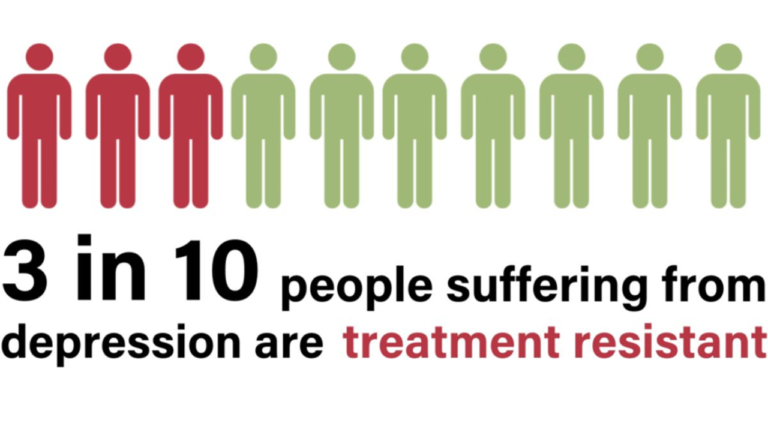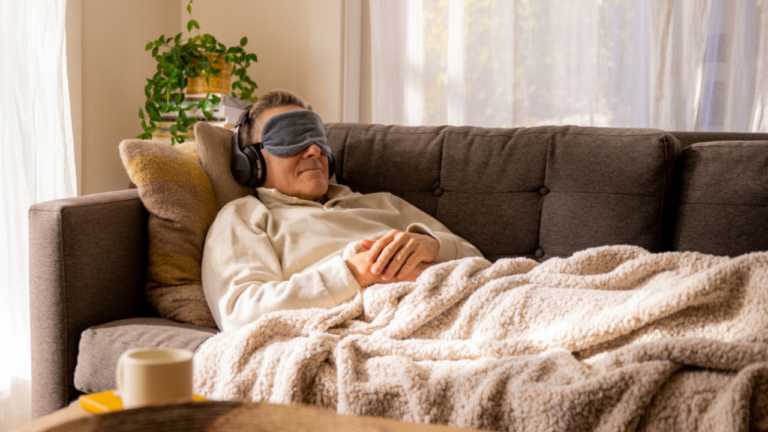Ketamine Therapy vs. Spravato (Esketamine): What’s the Difference?
Introduction
When it comes to treating treatment-resistant depression (TRD) and anxiety, you may have heard about two promising options: Ketamine Therapy and Spravato (Esketamine). Both treatments have gained attention for providing relief when traditional antidepressants fail, but how are they different? Whether you’re exploring options for yourself or a loved one, it’s essential to understand how these treatments work, what makes them effective, and how they differ from one another.
In this post, we’ll break down the key differences between Ketamine Therapy and Spravato, including how they are administered, their safety, effectiveness, and who they are best suited for. By the end, you’ll have a clear understanding of which treatment might be the right fit for your mental health needs.
What is Ketamine Therapy?
Ketamine Therapy has been used for decades as an anesthetic, but in recent years, it has become a groundbreaking treatment for mental health conditions such as treatment-resistant depression and anxiety. What makes ketamine unique is its ability to work differently from traditional antidepressants, offering a new approach to mental health care.
How Does Ketamine Therapy Work?
Ketamine works by targeting the glutamate system in the brain, which plays a significant role in how our brains form new connections, process information, and regulate mood. Unlike most antidepressants that focus on serotonin or norepinephrine, ketamine helps restore disrupted neural pathways. This leads to faster and, for many, more profound results in managing depression.
Patients often report feeling relief within hours or days of a ketamine treatment, as opposed to the weeks or months it can take for traditional antidepressants to work.
Forms of Administration for Ketamine Therapy
One of the major advantages of ketamine therapy is its flexibility in how it can be administered. Traditionally, ketamine is administered via IV infusions in a clinical setting. However, as ketamine therapy has evolved, at-home options have become available, such as oral lozenges or nasal sprays.
At-home ketamine therapy is typically done under virtual supervision, meaning a healthcare provider will guide you through the process and monitor you remotely during your treatment session. This makes the treatment more accessible and comfortable for patients who prefer the privacy and convenience of receiving therapy at home.
What is Spravato (Esketamine)?
Spravato (Esketamine) is a nasal spray that was specifically developed to treat treatment-resistant depression. Approved by the FDA in 2019, Spravato is a modified version of ketamine that contains only the S-enantiomer (a mirror image of the ketamine molecule), which is thought to be more potent.
Spravato is typically used when patients have not responded well to at least two other antidepressants. It’s unique because it’s administered as a nasal spray, but unlike at-home ketamine therapy, Spravato must be administered in a certified clinic under the supervision of a healthcare professional.
How Does Spravato Work?
Like ketamine, Spravato also targets the glutamate system, helping to restore damaged brain pathways and providing faster relief than traditional antidepressants. Patients may begin to feel the effects within hours or days after receiving treatment.
However, due to its potent effects and potential side effects, Spravato is always administered in a controlled environment. After the nasal spray is given, patients are monitored for two hours to ensure there are no adverse reactions, such as dizziness or dissociation.
Key Differences Between Ketamine Therapy and Spravato
Although ketamine and Spravato share some similarities in how they work, there are several key differences that set them apart.
Method of Administration
One of the most significant differences between Ketamine Therapy and Spravato is how they are administered.
Ketamine Therapy: This can be administered via IV infusions, oral tablets, or nasal spray. Many providers, like Mindbloom, offer at-home ketamine therapy with virtual supervision, allowing patients to receive treatment from the comfort of their own homes.
Spravato: Spravato is administered as a nasal spray, but it must be taken in a certified clinic under medical supervision. After treatment, patients are required to stay in the clinic for a few hours to be monitored for potential side effects.
FDA Approval and Insurance Coverage
Ketamine Therapy: While ketamine is widely used to treat depression and anxiety, it is typically used off-label, meaning it hasn’t been officially approved by the FDA for these specific mental health conditions. Because of this, ketamine therapy is often not covered by insurance, though some providers are working to make it more accessible.
Spravato: In contrast, Spravato is FDA-approved specifically for treatment-resistant depression. This approval makes Spravato more likely to be covered by insurance, which can make it a more affordable option for some patients.
Cost and Accessibility
Ketamine Therapy: The cost of ketamine therapy can range from $400 to $800 per session, and because it is often not covered by insurance, patients are typically responsible for the full cost. However, at-home options make ketamine therapy more accessible and affordable, reducing the need for repeated clinic visits.
Spravato: Spravato treatments typically range from $600 to $900 per session, but as mentioned, it’s more likely to be covered by insurance due to its FDA approval. However, the requirement to receive treatment in a clinic can limit accessibility, especially for those who live far from certified providers.
Supervision and Setting
Ketamine Therapy: For IV ketamine treatments, patients visit a clinic and are monitored during the infusion. For at-home ketamine treatments, a healthcare provider monitors the patient virtually, ensuring that they are safe and supported during the treatment process.
Spravato: Spravato treatments are always given in a clinic setting. The strict monitoring required by the FDA means that patients must remain under supervision for at least two hours after treatment. This is done to ensure safety and to manage any potential side effects.
Side Effects
Ketamine Therapy: Common side effects of ketamine therapy can include dissociation, nausea, dizziness, and an increase in blood pressure. However, these side effects are usually short-lived and are carefully managed by healthcare professionals during both in-clinic and at-home treatments.
Spravato: The side effects of Spravato are similar to those of ketamine but tend to be more pronounced due to the potency of esketamine. This is why Spravato treatments are only available in certified clinics, where patients can be monitored closely for any adverse reactions.
Which Treatment is Right for You?
Both ketamine therapy and Spravato offer life-changing relief for people with treatment-resistant depression and anxiety. But which one is right for you?
Ketamine Therapy is ideal if you’re looking for flexibility and convenience. With at-home options, you can receive treatment in the comfort of your own home, and virtual supervision ensures your safety throughout the process. It’s also great for those who may not live near a clinic or prefer a more private treatment setting.
Spravato is a fantastic option if you’re looking for an FDA-approved treatment that is more likely to be covered by insurance. However, it requires more structured care in a clinic setting, which may be a consideration for people who prefer or need face-to-face supervision.
Conclusion
Whether you choose Ketamine Therapy or Spravato, both treatments offer a promising alternative to traditional antidepressants. With their unique ability to target the brain’s glutamate system, they provide fast relief for people who haven’t found success with other medications.
Before making a decision, it’s essential to consult with a healthcare provider to determine which treatment is best suited for your specific needs. Ready to learn more? Visit AnxietyDepressionHope.com to explore your options for cutting-edge mental health care.







